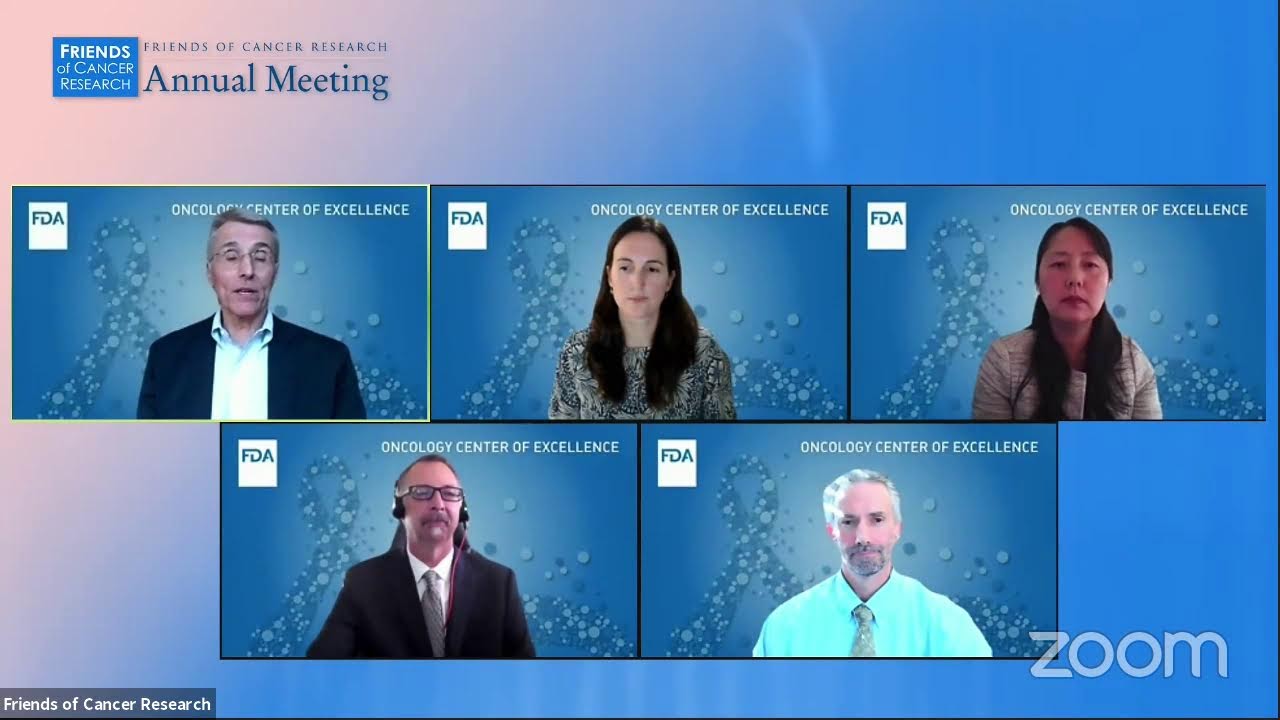The 2021 Friends of Cancer Research Annual Meeting Day 2 featured a panel discussion somehow connected with FDA’s #ProjectOptimus, in which the supposed importance of randomized dose-comparison studies was stressed, but apparently for non-statistical reasons.
Here’s my transcript of relevant sections:
26:00 Mark Ratain: “So, I want to move now to the specifics of how this might happen. And there’s been a lot of questions as to whether randomization is going to be important here, or can we use the good old oncology approach of just parallel sequential cohorts and then try and draw some conclusions. Lokesh, do you want to you address that from your perspective as a Clinical Pharmacologist?”
26:35 Lokesh Jain: “I think one of the most important things in dose optimization, from my experience, is randomization of at least 2 dose levels or more. We have seen that non-randomized comparisons—for multiple reasons: biases because of intra-trial variations, or between-site variations in how patients are selected—can result in misleading conclusions. And we have seen that in our own program of pembrolizumab. So I think it is very important to keep that randomization aspect in mind; and therefore some of the approaches that have been suggested (like using backfill approach for dose-escalation trials, or window proportionality studies) may or may not be sufficient—and more likely, may not be sufficient—to really address that point.”
[…]
30:30 Mark Ratain: “So, there are also some questions coming in about the sample size that may be required for these randomized trials. And I’m first going to ask Mirat [Shah] to address that, as well as Laurie [Strawn], from a regulatory perspective.”
30:50 Mirat Shah: “I think it’s important to keep in mind, why is the FDA saying that these dose-optimization trials are so important. It’s really so that, when the patient gets the drug in the clinic, they can get a dose that’s efficacious, and also safe and tolerable, such that they can stay on the drug as long as they’re experiencing clinical benefit. And to achieve this, we are emphasizing the importance of dose optimization to really understand dose-efficacy and dose-toxicity relationships. And within this overall framework, randomized trials are a really important tool to help us understand these relationships, and support what would be a good dose of that drug. And so the purpose of randomization is not necessarily to establish that one dose of the drug is superior to another dose in a statistical way, or establish statistical non-inferiority between the two doses, but really to have trials that are sufficiently sized so that we can interpret these dose-efficacy and dose-toxicity relationships, and use that information to guide overall decision-making.”
31:55 Laurie Strawn: “From an industry perspective, I know I get questions all the time about what’s the ‘magic number’ the FDA wants—the number of patients for a particular thing. There’s no hard-and-fast rule for this; obviously, as Mirat said, there has to be enough patients that you can get some meaningful results about the two doses, but it doesn’t have to be statistically powered. And again, in the interest of speed, we would want to minimize the number of patients but make sure we have enough patients to get meaningful data out of it. So I think, [for] each drug, the mechanism of action, what’s known about it, has to be looked at, to make the decisions about how many patients would be needed for that kind of comparison.”
32:35 Mark Ratain: “So, hopefully, we’ve conveyed the strong impression that dose randomization is going to be critical.”
